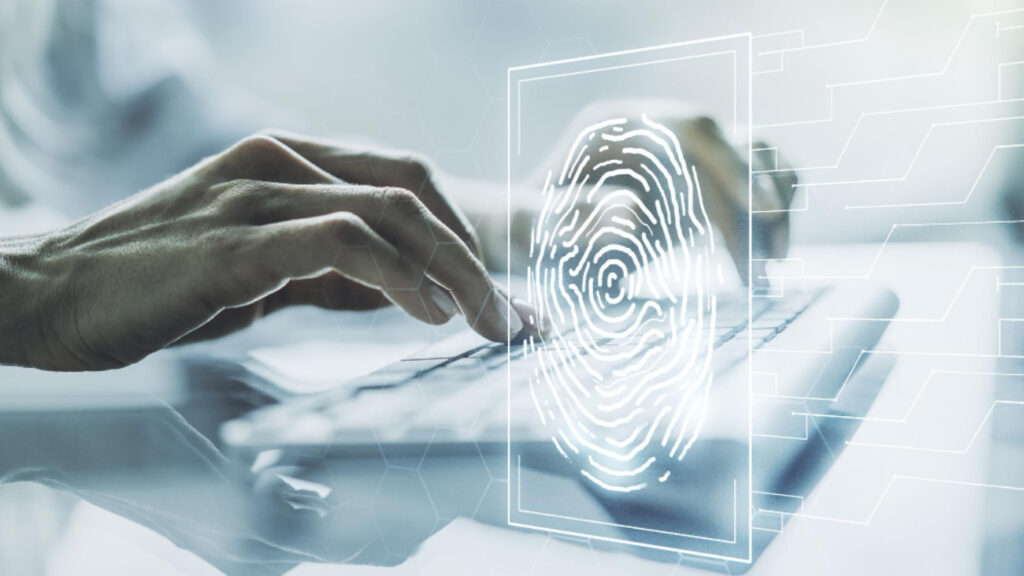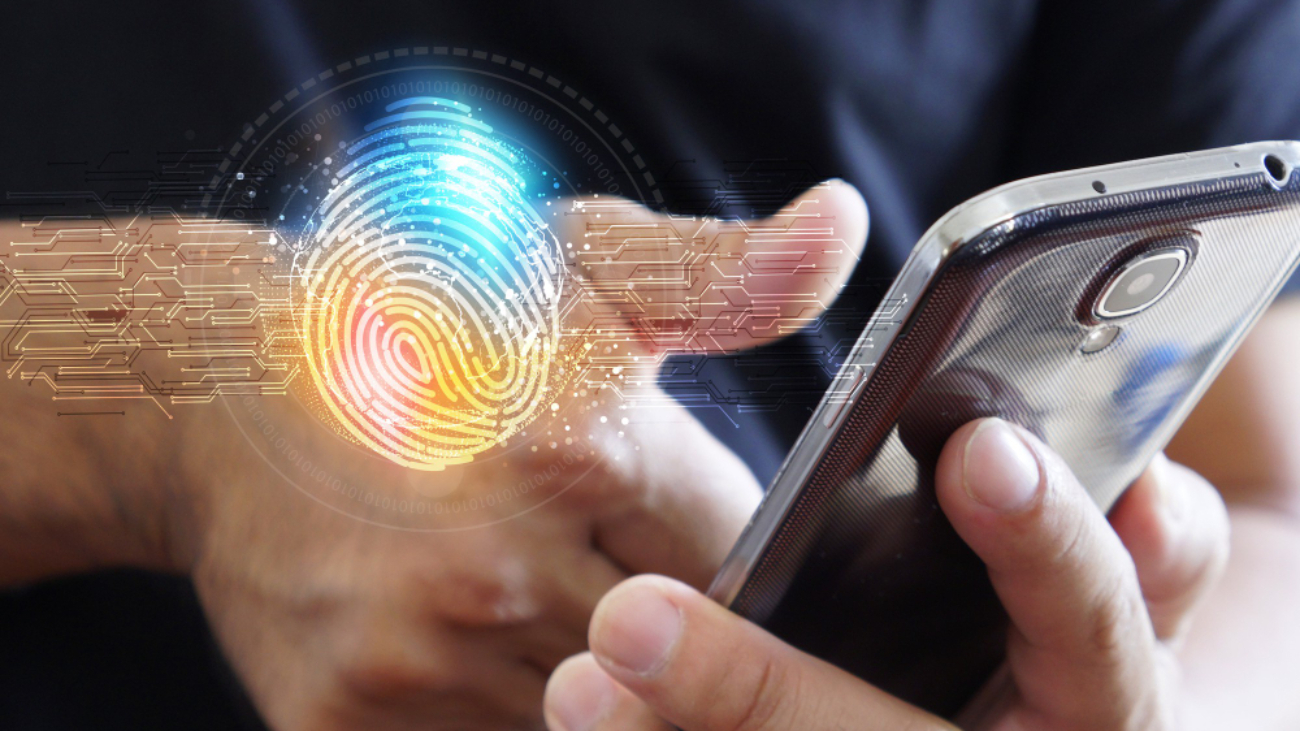In today’s digital world, protecting our personal and financial information comes down to how we place strong authentication methods in place to observed Bahaa Abdul Hadi. Traditional passwords are no longer enough – a hacker can easily guess or steal them.
Keeping up with the times, Biometric authentication offers a more secure alternative. This technology makes use of physical characteristics, such as fingerprints, to verify the identity of a user.
Understanding Fingerprint Biometrics
In biometric authentication, fingerprint biometrics is one of the most commonly used methods. It is based on the unique patterns of ridges and valleys on a person’s fingertip. When a user registers their fingerprint with a biometric system, a digital image of their fingerprint is created and stored. When the user attempts to authenticate themselves, their fingerprint is scanned and compared to the stored image. The user is only granted access if the two fingerprints match.
Fingerprint biometrics offers several advantages over traditional passwords:
- Theft protection, as it is more difficult to spoof a fingerprint than it is to guess or steal a password.
- More convenience, as users do not have to remember or type in a password.
- Can be used in conjunction with other authentication methods, such as passwords or PINs, to create a more secure system.
Role of Fingerprint Biometrics in Modern Authentication
Fingerprint biometrics is used in a variety of applications, including:
- Mobile devices: Many smartphones and tablets now include fingerprint sensors for authentication.
- Laptops: Some laptops also incorporate fingerprint sensors to unlock.
- Computers: Fingerprint sensors can also be used to authenticate users to computers.
- Point-of-sale systems: Fingerprint sensors are useful in authenticating users to point-of-sale systems.
- Access control systems: Physical facilities can enjoy a more robust control access using fingerprint sensors.
A secure and convenient way to authenticate users, fingerprint biometrics find use in a variety of applications. The authentication method will only become more common as the use of biometric authentication continues to grow.
Challenges and limitations of fingerprint biometrics:
Despite their benefits, some technological constraints exist for fingerprint biometrics, such as:
- Vulnerability to physical damage or wearing out over time, which can make them less reliable for authentication.
- Susceptibility to being spoofed using high-quality images or replicas.
- Fingerprint biometrics is not always effective in environments with poor lighting or moisture.
Remember, there is no single authentication method that is best. The optimal security measure involves the use of multilevel authentication. When used in conjunction with other authentication methods, such as passwords or PINs, fingerprint biometrics can bypass many of its drawbacks.
Conclusion
Fingerprint biometrics is a valuable tool for modern authentication. It grants more security than traditional passwords and can be incorporated in various applications conveniently. The world is warming up to the many benefits of biometric authentication, and fingerprint authentication will be an essential part of that process. Thank you for your interest in Bahaa Abdul Hadi blogs. For more information, please visit www.bahaaabdulhadi.com.







